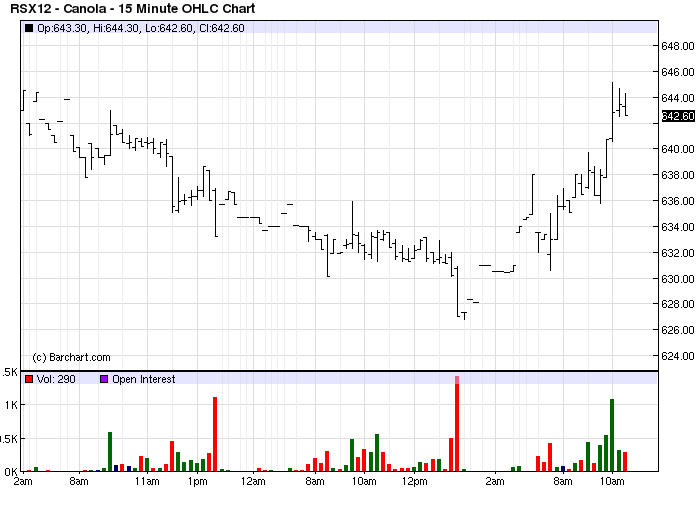Today’s USDA reports are out and they’re basically within the market’s expectations.
No real shockers there.
Yet there has been price reaction.
“The report was totally neutral for soybeans, and here they are up 40 cents!” marveled analyst Errol Anderson to me a few minutes ago.
Canola’s up about 34 cents per bushel in futures contracts.
Read Also

Farmer ownership cannot be seen as a guarantee for success
It’s a powerful movement when people band together to form co-ops and credit unions, but member ownership is no guarantee of success.
Because the USDA reports had so few real surprises, this is a wonderful chance to see how the market’s animal spirits want to act, and I will be delighted to watch this in the next few days. In recent days trade has tailed off as everyone has pulled in their horns in the pre-report period. But now there’s no reason to hold back and so traders should be back at it full force, if they want to trade grains.
With so few surprises, now we get a chance to see what the pent-up trading demand is, and what people have been wanting to do but haven’t let themselves do. This next couple of days should show us where the market is likely to trend in coming weeks. So watch how it trends until Friday.
If the report had had shockers in it, or significant breaks from expectations, it wouldn’t be so able to read the underlying beliefs in the market. If something had upended the cart, everything would be reset. But this report allows us to get a sense of the strongest market biases before us.
This is the opposite situation to the one I complained about recently in this blog with the post-CWB grains market in Western Canada. We can’t really figure out what the impact of the free market is upon prairie grain prices right now because of the wild grain market rally we’re in because of the U.S. Midwest drought. There’s no way to disentangle the two contemporaneous factors.
With this report, we’re luckier, in a clinical sense.
















